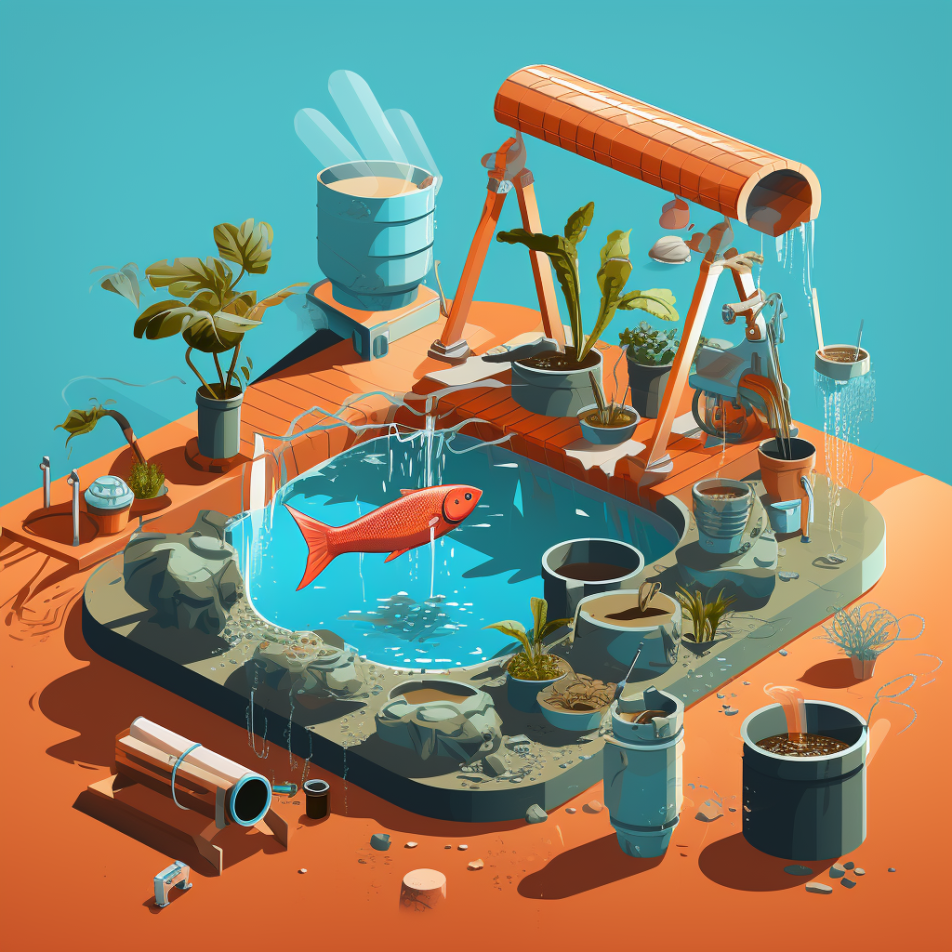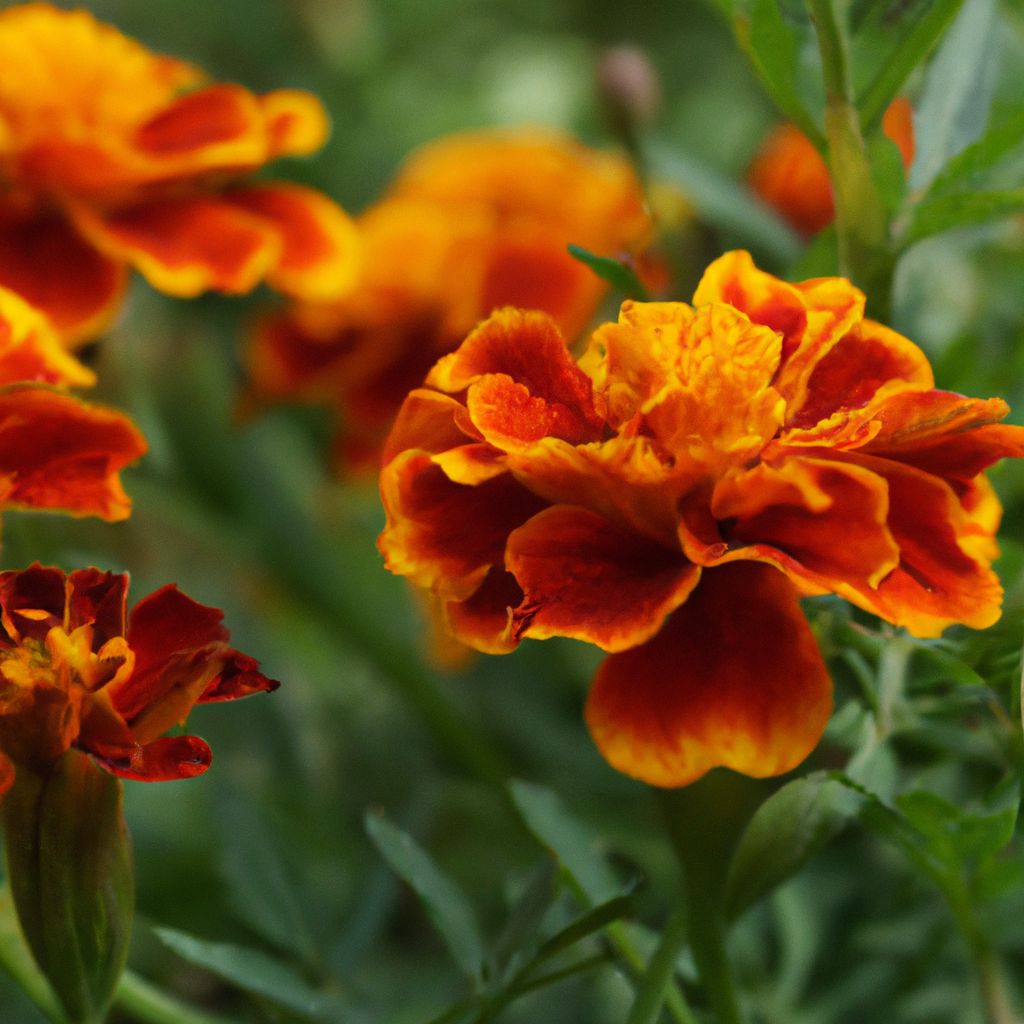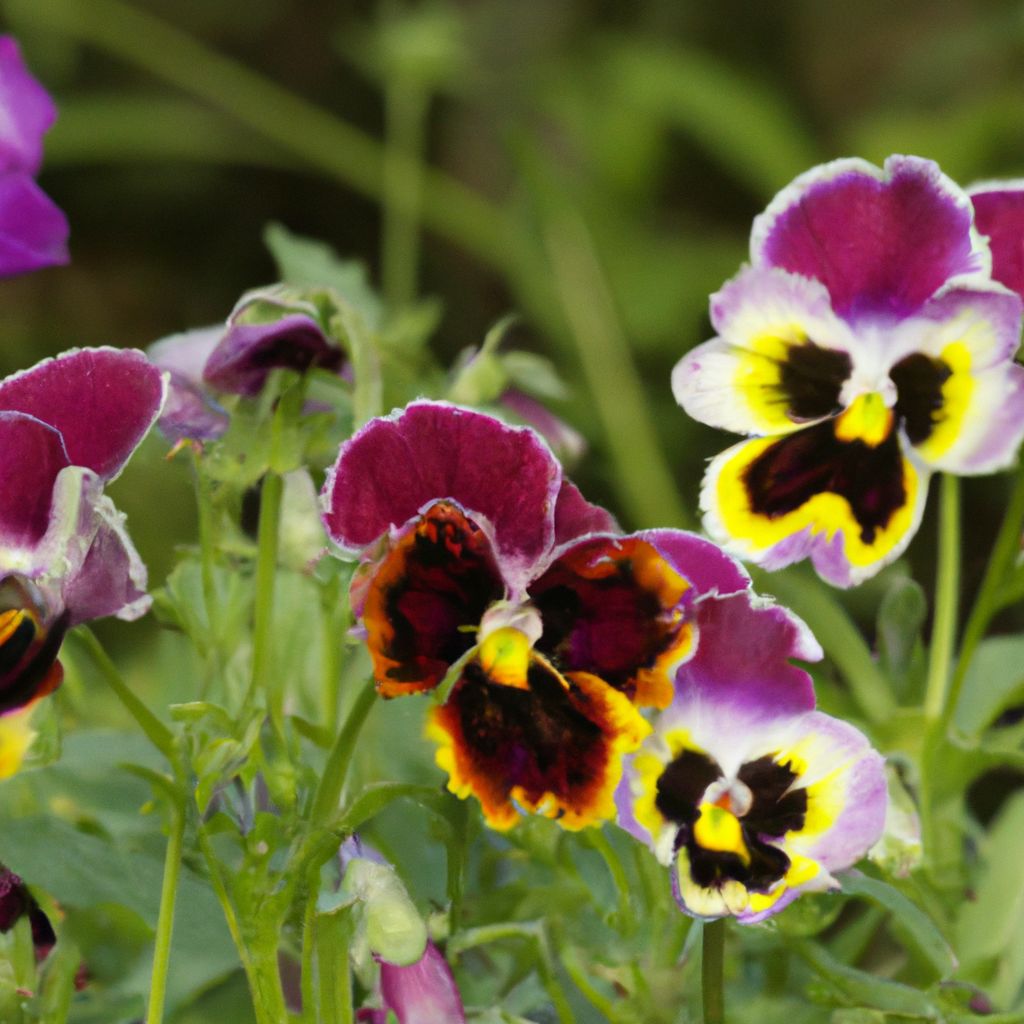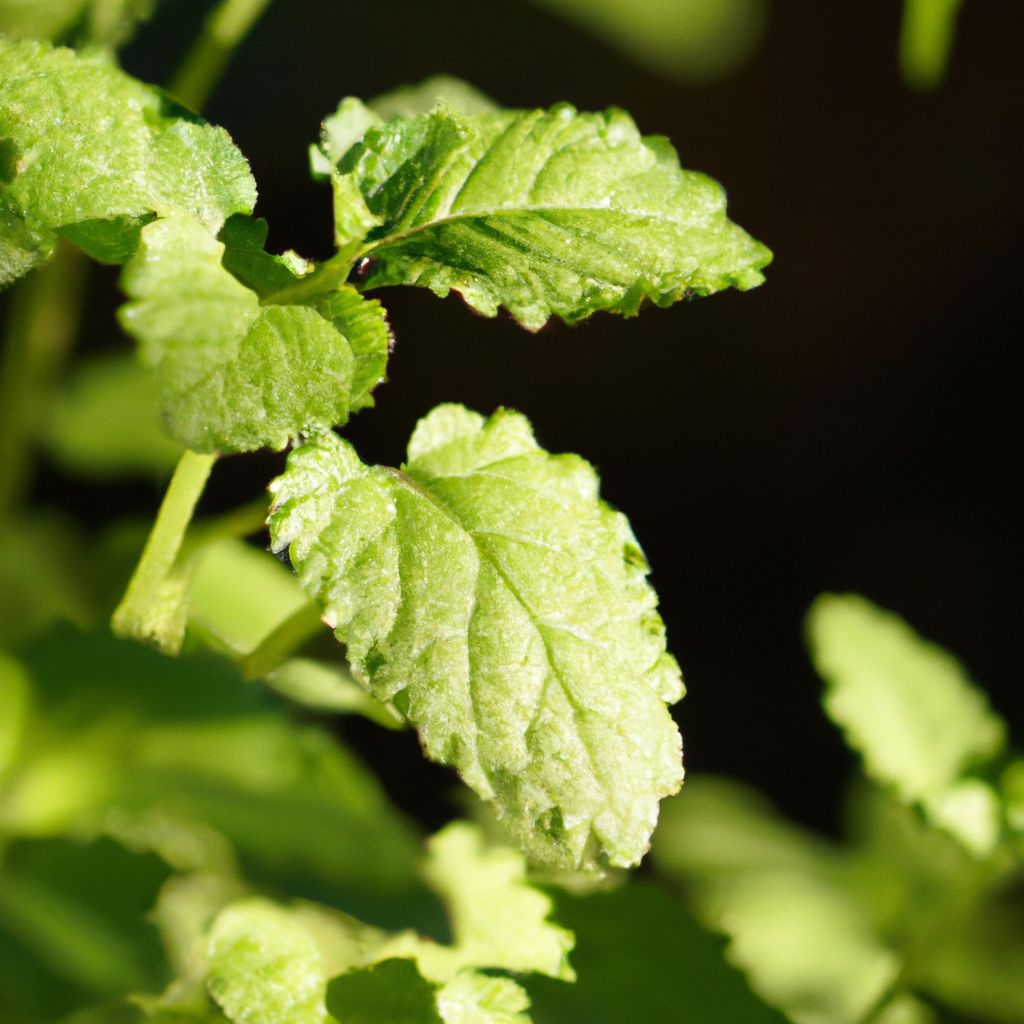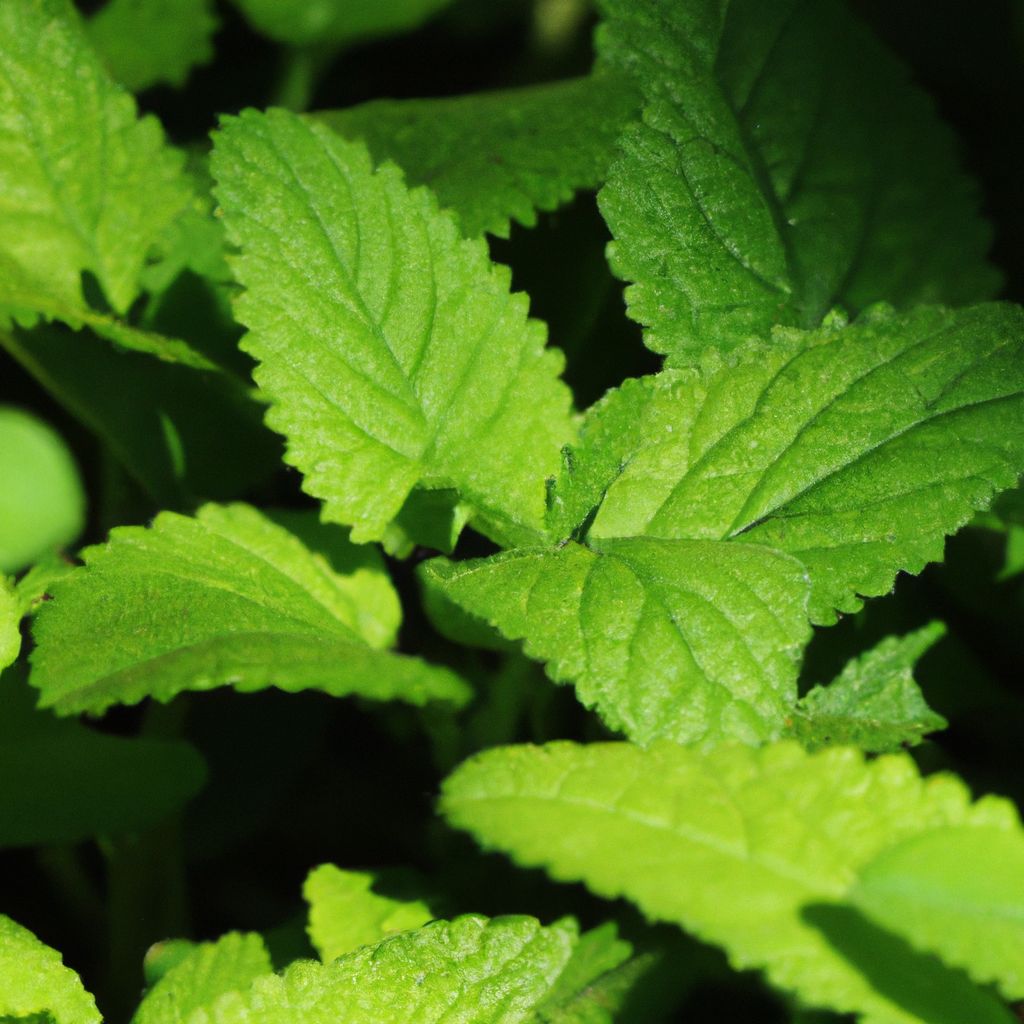By incorporating aquaponic gardening into your life, you can enjoy fresh and organic produce right from your own backyard. This method is particularly popular among urban dwellers with limited space, as it can be done indoors, on rooftops, or in small outdoor areas. Here, we show you how to start an aquaponic garden.
Aquaponic gardening, also known as aquaponics, is a sustainable and innovative farming method that combines aquaculture (fish farming) with hydroponics (growing plants in water). In this system, fish waste provides the nutrients needed for plant growth, while the plants filter the water, creating a mutually beneficial relationship.
Aquaponic gardening eliminates the need for traditional soil-based farming techniques and uses up to 90% less water compared to conventional agriculture. It also reduces the risk of pests and diseases, as well as the need for synthetic fertilizers and pesticides.
To start an aquaponic garden, you will need to understand the system and follow a step-by-step guide. Choose the right location, set up the fish tank and grow bed, cycle the system, and then introduce fish and plants. Regular monitoring and maintenance are crucial to ensure the health and well-being of both the fish and plants.
Why Choose Aquaponic Gardening?
Aquaponic gardening offers numerous benefits that make it an appealing gardening method:
Environmentally Friendly
Aquaponic gardening is a sustainable method that combines aquaculture and hydroponics. It eliminates the need for synthetic fertilizers and reduces water consumption by up to 90% compared to traditional soil-based gardening.
Nutrient-Rich Produce
The closed-loop system in aquaponics allows for the natural recycling of nutrients, resulting in nutrient-rich produce. The fish waste provides essential nutrients for the plants, which in turn filter and purify the water for the fish.
Year-Round Harvest
Aquaponic systems can be set up indoors or outdoors, allowing for year-round gardening regardless of the climate. With controlled conditions, you can cultivate your favorite herbs, vegetables, and even some fruits all year long.
Efficient Use of Space
Aquaponics is ideal for those with limited space. The vertical design of some systems maximizes the use of space, allowing you to grow more plants in a smaller area compared to traditional gardening methods.
Low Maintenance
Once the aquaponic system is established, it requires minimal maintenance. The symbiotic relationship between the fish and plants provides a self-sustaining environment, reducing the need for constant watering and weeding.
Did you know that aquaponic gardening can produce up to 10 times more vegetables compared to traditional gardening methods, using the same amount of space?

How to Start an Aquaponic Garden
Ready to dive into the world of aquaponic gardening? Here’s everything you need to know to get started.
Understanding the Aquaponic System
When learning how to start an aquaponic garden, it is crucial to understand the aquaponic system. Here are key aspects to consider:
- Integration of aquaculture and hydroponics: The aquaponic system combines fish farming (aquaculture) and plant cultivation without soil (hydroponics). It creates a symbiotic relationship where fish waste provides nutrients for plants, and plants filter and purify the water for the fish.
- Water circulation: The aquaponic system ensures continuous water circulation between the fish tank and the grow bed. This circulation promotes the delivery of nutrients from fish waste to the plants, thereby enhancing their growth.
- Natural filtration: The plants in the grow bed serve as a natural filter for the water in the system. They absorb the nutrients from the fish waste, effectively preventing water pollution and maintaining high water quality for the fish.
- Nutrient cycling: The aquaponic system establishes a closed-loop nutrient cycle. Fish produce waste, which bacteria convert into nitrogen compounds. Plants then uptake these compounds as nutrients, purifying the water. This continuous recycling of water minimizes water usage.
- Balance and monitoring: Ensuring a balance between fish, plants, and bacteria is essential for a successful aquaponic system. Regular monitoring of water quality parameters such as pH, ammonia, nitrite, and nitrate levels is necessary to maintain system stability and promote the thriving of fish and plants.
- Eco-friendly and sustainable: Aquaponic gardening is an environmentally friendly method of food production. It consumes less water compared to traditional soil-based farming, eliminates the need for synthetic fertilizers, and efficiently recycles nutrients, reducing waste.
Step-by-Step Guide to starting an Aquaponic Garden
Starting an aquaponic garden can seem overwhelming, but with a step-by-step guide, it becomes much more manageable. Here we go:
Choosing the Right Location
Find a suitable area for your aquaponic garden that has access to sunlight and is close to a water source.
Setting Up the Fish Tank
Install a fish tank that is appropriate for the size of your aquaponic system. Ensure it is properly supported and filled with water.
Installing the Grow Bed
Add the grow bed on top of the fish tank, making sure it is securely in place. This is where your plants will grow.
Cycling the System
Introduce beneficial bacteria into your aquaponic system to establish a nitrogen cycle. This will help maintain water quality and provide nutrients for your plants.
Introducing Fish and Plants
Carefully add your chosen fish species into the fish tank and plant your selected plants in the grow bed.
Monitoring and Maintaining the System
Regularly monitor water quality parameters such as pH, ammonia, and nitrate levels. Feed your fish and ensure the plants receive adequate light and nutrients.
Choosing the Right Location
When starting an aquaponic garden, choosing the right location is crucial for the success of your system. Here are some factors to consider:
- Find a location that receives at least 6-8 hours of direct sunlight each day. This is essential for the growth of both the plants and the fish in the system.
- Accessibility to water and electricity: Ensure that the location is easily accessible to a water source for filling and topping up the system. It should also have access to electricity for running pumps and other equipment.
- Space availability: Consider the size of your aquaponic system and choose a location that can accommodate it. The area should have enough space for the fish tank, grow bed, and any additional equipment you may need.
- Climate considerations: Take into account the climate of your region. If you live in an area with extreme temperatures, you may need to provide additional insulation or heating/cooling mechanisms for your system.
- Proximity to your home: It is beneficial to have your aquaponic garden close to your home to make monitoring and maintenance easier. This will also ensure that you can quickly address any issues that may arise.
Setting Up the Fish Tank
To begin the process of setting up the fish tank in your aquaponic garden, carefully follow these steps:
- Start by selecting a fish tank that is suitable for your needs and available space. Consider both the size and shape, keeping in mind the number of fish you intend to have. It is essential that the tank is constructed from durable materials and has a secure lid.
- Find an appropriate location for the fish tank. Ensure that it receives sufficient sunlight or artificial light, but be cautious of exposing it to extreme temperatures or harsh weather conditions.
- Fill the fish tank with clean, chlorine-free water. Adjust the water level so that it provides an ample swimming space for the fish.
- If necessary, install a water heater to maintain the optimal temperature for your chosen fish species.
- Create a filtration system within the fish tank to remove solid waste and maintain water quality. This can consist of a mechanical filter, biological filter, and potentially a chemical filter as well.
- Introduce an air pump or water pump to ensure proper aeration and circulation within the fish tank. This is crucial for the fish to have sufficient oxygen for their well-being.
- To establish a healthy environment for the fish, add appropriate water conditioners and additives such as dechlorinator, beneficial bacteria, and pH adjusters.
- Gradually acclimate the fish to their new environment. This can be done by floating their bag or container in the tank and gradually adding small amounts of tank water to the container over time. This process helps them adjust to the temperature and water chemistry.

Installing the Grow Bed
To set up an aquaponic garden, the process of installing the grow bed involves several essential steps:
- Preparing the grow bed: Thoroughly clean the grow bed to remove any dirt or debris and ensure proper positioning in the system.
- Adding the growing medium: Fill the grow bed with a suitable growing medium, like clay pebbles or gravel, providing support for the plants and anchoring their roots.
- Setting up the drainage system: Install a pipe or tube at the bottom of the grow bed to establish a proper drainage system. This allows excess water to flow out of the bed and back into the fish tank.
- Connecting the water supply: Create a connection between the fish tank and the grow bed using a pump and pipes. The pump will transfer water from the fish tank to the grow bed, supplying vital nutrients to the plants.
- Adjusting the water flow: Fine-tune the water flow to ensure the grow bed receives an adequate amount of water. This can be achieved by adjusting the pump’s flow rate or utilizing valves to control the water flow.
- Planting the seeds or seedlings: Once the grow bed is ready, plant your desired crops into the growing medium. Ensure that the roots are securely covered and anchored within the medium.
- Monitoring and maintenance: Regularly check the water level in the grow bed and make necessary adjustments. Monitor the health of the plants and make any required modifications to nutrient levels or lighting conditions.
Cycling the System
To successfully set up an aquaponic garden, it is important to cycle the system. This process involves establishing the beneficial bacteria that convert fish waste into nutrients for the plants. Follow these steps to properly cycle your aquaponic system:
- Start with clean water: Begin by filling the fish tank with fresh and uncontaminated water.
- Introduce ammonia: Add a small amount of ammonia to the water, which mimics the fish waste that will provide essential nutrients for the plants.
- Monitor ammonia levels: Regularly test the water to monitor the ammonia levels. Initially, the levels will increase as the beneficial bacteria start to multiply.
- Wait for nitrite spike: As the bacteria break down the ammonia, nitrites will begin to accumulate. This stage is crucial in the cycling process.
- Monitor nitrite levels: Continuously test the water for nitrites. A decline in nitrite levels indicates that the bacteria are working effectively.
- Wait for nitrate presence: Nitrites will further convert into nitrates, which are essential nutrients for the plants.
- Monitor nitrate levels: Once nitrate levels stabilize and both ammonia and nitrite levels approach zero, the cycling process is complete.
Introducing Fish and Plants
When beginning your aquaponic garden, it is crucial to properly introduce fish and plants to create a successful ecosystem.
- Select fish species that are suitable for your aquaponic system, taking into account factors like temperature tolerance and compatibility with plant growth. Popular choices are tilapia, trout, and catfish.
- Introduce an adequate number of fish, typically around 20-30 fish per 1000 liters of water, to maintain a balanced nutrient cycle.
- For plants, choose species that thrive in nutrient-rich water conditions, like lettuce, spinach, kale, basil, mint, tomatoes and strawberries.
- Gradually add the fish to allow them to adjust to the new environment. Ensure water conditions suit the fish species.
- Regularly monitor parameters like ammonia, nitrite, and pH levels.
- Once the fish are acclimated, plant your chosen crops in the grow bed, allowing their roots to reach the water for nutrient absorption.
- Maintaining a well-balanced and mutually beneficial relationship between fish and plants is key to a thriving aquaponic garden.
Maintaining Your Aquaponic Garden
Proper maintenance is vital for a successful aquaponic garden. Here’s what you need to focus on:
Water Quality Management
Maintaining optimal water quality is crucial for fish and plant health. Regularly monitor and adjust:
- pH levels: Ideal pH is between 6.8-7.2 for most systems.
- Ammonia levels: Should be kept below 0.5 ppm to prevent harming fish.
- Oxygen levels: At least 5 ppm is needed to sufficiently oxygenate fish and plants.
- Use filtration systems and water changes/top-ups to remove waste and prevent harmful accumulation. Incorporate beneficial bacteria to aid waste breakdown.
Feeding and Nutrition
Proper feeding and nutrition is essential:
For Fish:
- Use high-quality, species-specific commercial fish feed.
- Ensure balanced protein, carbohydrate, fat, vitamin and mineral content.
- Adjust feeding quantity by fish size and age.
- Consider water temperature and metabolism when planning feeding frequency.
For Plants:
- Choose plants suitable for aquaponic environments.
- Supplement water nutrients if needed to meet plant requirements.
- Monitor and adjust pH levels for optimal plant nutrient uptake.
Pest Control
Effective pest control strategies include:
- Regular inspection for any signs of pests
- Introducing natural predators like ladybugs or predatory mites
- Physical barriers like mesh screens or nets
- Companion planting with pest-repellent plants
- Sanitation through regular cleaning
- Organic sprays like neem oil or insecticidal soap
Implementing preventive measures helps keep pests at bay and maintain a healthy, productive aquaponic garden.
Selecting Fish and Plants
Choosing suitable fish and plants is key to a flourishing aquaponic garden.
Selecting Fish
Consider the following when selecting fish:
- Compatibility – Choose fish suitable for the plants you want to grow. For example, tilapia thrive alongside leafy greens and herbs.
- Water temperature – Select fish that can live in the temperature range your system maintains. Tilapia prefer 75-85°F, trout under 70°F.
- Nutritional needs – Fish like tilapia are omnivorous and can eat a variety of feeds. Trout have more specific dietary requirements.
Selecting Plants
Opt for plants that:
- Thrive in nutrient-rich water – Lettuce, kale, herbs, tomatoes, cucumbers, peppers, strawberries.
- Have suitable pH level needs and temperature requirements.
- Complement the fish species and system environment.
- Take note of sunlight, water and nutritional needs.
- Consider growth habit – trailing plants for raft systems, upright for media-filled beds.
Researching plant and fish specifics helps create a balanced, harmonious aquaponic ecosystem.

Troubleshooting Common Aquaponic Issues
Running into problems? Still not sure how to start an aquaponic garden? Here are tips to troubleshoot some common aquaponic challenges:
Excessive Algae Growth
- Adjust nutrient levels – excess nitrogen and phosphorus can trigger algae blooms.
- Improve filtration and water circulation to remove nutrients and prevent stagnation.
- Provide tank shade or covers to limit sunlight exposure.
- Clean grow bed and remove excess algae regularly.
- Avoid overfeeding fish which contributes to excess nutrients.
Ammonia Build-up
- Maintain proper water quality through regular testing and monitoring.
- Keep pH between 6.8-7.2 to control ammonia toxicity.
- Allow nitrogen cycle bacteria to convert ammonia into less harmful nitrates.
- Use adequate filtration and circulation.
- Prevent overfeeding to reduce excess waste and ammonia.
Plant Nutrient Deficiencies
- Regularly test water nutrients and adjust levels accordingly.
- Supplement with organic nutrients or nutrient-rich fish feed.
- Maintain proper pH and temperature for optimal plant uptake.
- Promptly address any deficiencies observed through symptoms like stunting or discoloration.
With careful attention and quick response to issues, your aquaponic garden can continue thriving sustainably.
The Benefits and Challenges of Aquaponic Gardening
Aquaponic gardening offers immense benefits but also comes with some challenges to consider:
Benefits
- Extremely sustainable food production method
- Up to 90% less water usage compared to soil farming
- No need for synthetic fertilizers
- Natural nutrient cycling from fish waste
- Higher yields in smaller spaces
- Organic pest control methods
- Year-round fresh produce
Challenges and Considerations
- Requires careful balance between system components
- Time and effort needed for regular monitoring and maintenance
- Learning curve for managing both fish and plants
- Potential issues like algae growth or ammonia build-up
- Specialized equipment usually required
- Can have high startup costs
With proper care and management, aquaponic gardens can provide an abundant, eco-friendly source of fresh fish and produce. Being aware of the challenges involved will help new gardeners be prepared and set up a successful system.
Creating Your Own Sustainable Ecosystem
Aquaponic gardening offers an innovative approach to sustainable food production. By combining hydroponics and aquaculture, it creates a symbiotic ecosystem that efficiently produces both fish and vegetables. With some initial effort, aquaponic systems can provide a rewarding method of gardening.
This beginner’s guide covers the fundamentals – from how aquaponic systems work to maintenance tips and troubleshooting advice. While aquaponics does have a learning curve, it opens up the possibility of fresh, organic produce with minimal resources needed. Take the first step and try aquaponic gardening for a fun, eco-friendly gardening experience.











































